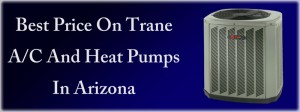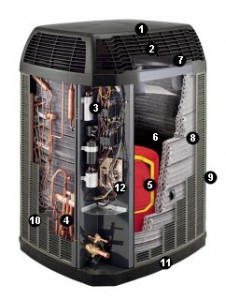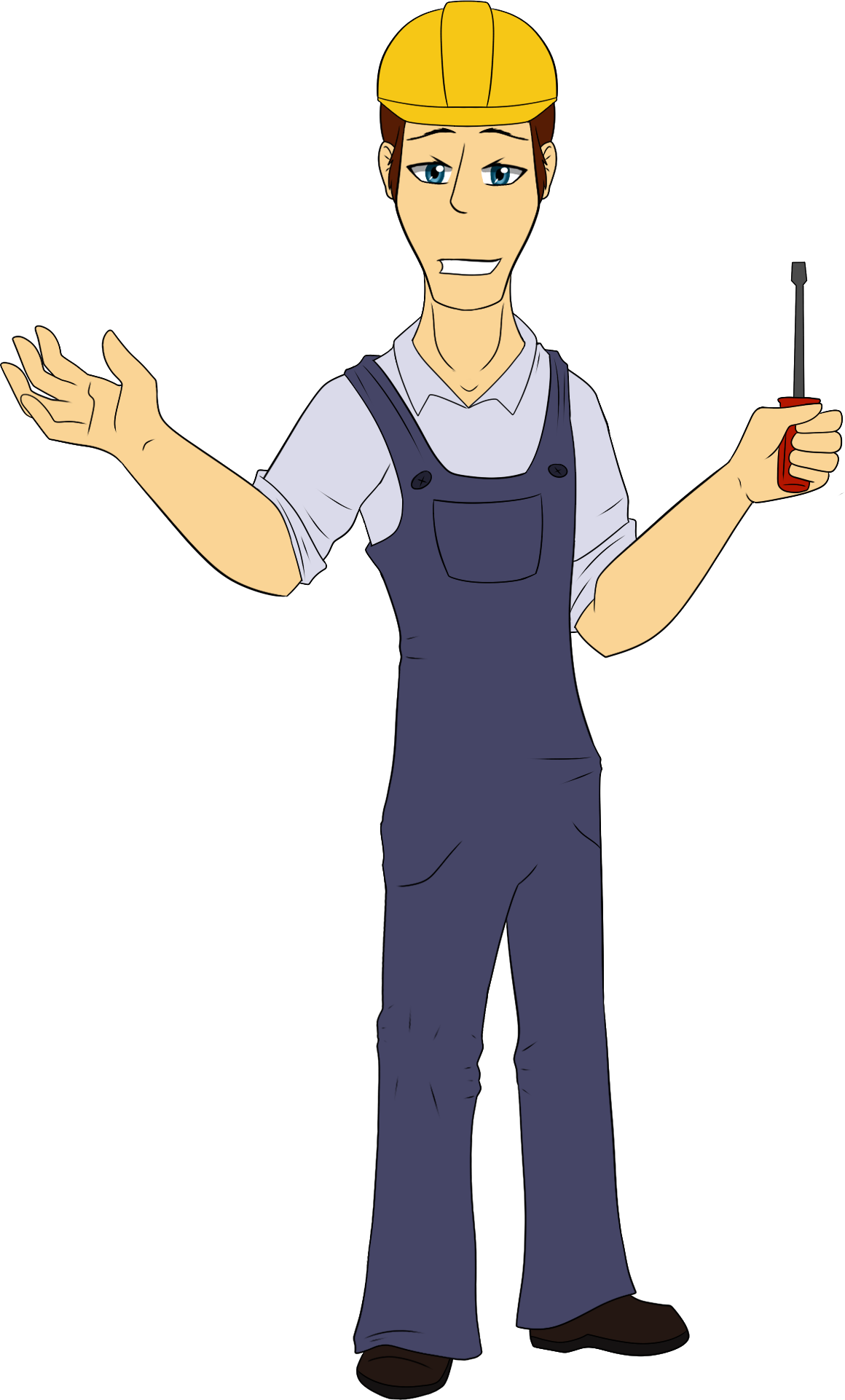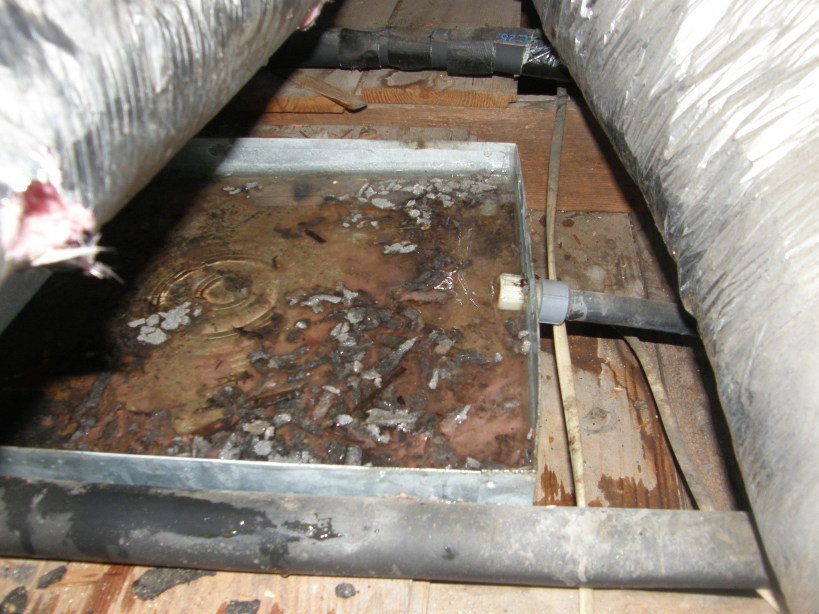Commercial Cooling, Arizona Climate Friendly Refrigeration
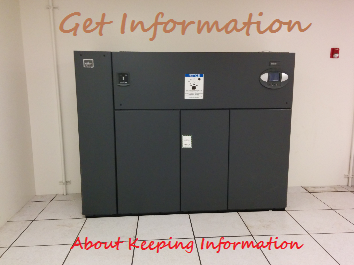 The Increasing Cost Of Arizona Commercial Cooling Requirements
The Increasing Cost Of Arizona Commercial Cooling Requirements
It seems every year that Arizona temperatures increase and the cost of commercial cooling shoots higher and higher. With the coming of each new summer season, the demand for climate friendly refrigeration elevates and the environmentally mindful sweat even more. But for Arizona business owners and operators, the cost of staying in business seems often to outweigh the price of environmental climate issues.
For many local business owners, cost-saving options are shrinking rather than increasing. To deliver an expected service or product in the face of raging Arizona heat waves, these owners and managers must run powerful commercial cooling units – A/C systems designed to keep large buildings comfortable and to ensure that information management components can function consistently and reliably day after steamy hot day.
For those of us trying to keep an ear out for better alternatives on Arizona climate friendly refrigeration solutions, relief may yet be on the horizon. Trane, one of the most reliable modern HVACR manufacturing and development firms, has revealed a newer, better, and more climate-friendly refrigerant. Announced at a recent company conference, DR-55 is slated for availability within the next year for commercial usage and a bit more after that for residential.
Cooler Breezes for Commercial Cooling
The new refrigerant dubbed the Trane AquaTrine is geared specifically for commercial businesses and hotels. Billed as the next generation of coolant, Trane AquaTrine promises to provide improved efficiency and stability to the HVAC industry. This is good news for every business that is looking to save some money while also delivering a greener footprint to the Earth. For most consumers making a business effort to reduce their company impact on local and world climate change, AquaTrine may be the new and great solution to an extremely difficult task.
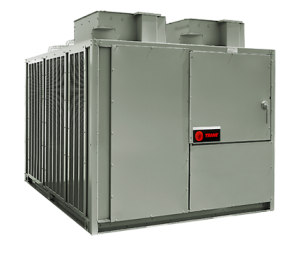 Research and testing conducted by engineers at UC Davis has shown that the DR-55 refrigerant performs 10 percent better overall in outdoor air conditioning. It also promises up to a 70 percent reduction in emissions for the environment. Comparisons are based upon the performance of R-410A, the current standard found in over half of U.S. commercial buildings. And because the new DR-55 occupies the exact same space as the older units, the transition is seamless and will not require any special work or fees.
Research and testing conducted by engineers at UC Davis has shown that the DR-55 refrigerant performs 10 percent better overall in outdoor air conditioning. It also promises up to a 70 percent reduction in emissions for the environment. Comparisons are based upon the performance of R-410A, the current standard found in over half of U.S. commercial buildings. And because the new DR-55 occupies the exact same space as the older units, the transition is seamless and will not require any special work or fees.
Committed to the Environment and Arizona Businesses
Modern Trane progress in commercial cooling is no accident. This company continually challenges themselves, their employees, and their customers to make energy efficiency and environmental impact a moving goalpost. The aim: Continually hit new milestones every decade. Example: By the year 2020, Trane hopes to offer future businesses and residents an air conditioning product that can reduce emissions by up to 35 percent reduction of current measurements. Furthermore, the company plans to reduce their necessary product and operations by up to 50 percent, and this in the same time frame. Right now, even as you read, Trane is spending hundreds of millions on research and development. They do not intend to meet the year 2020 without fulfilling these remarkable milestones of growth, performance, and changes in climate friendly refrigeration.
Many Arizona commercial business owners speak of customers with a more inquisitive concern for “green operations.” Wise operators cannot longer easily ignore such consumer concerns, especially with the word-of-mouth information age so quickly spreading current news.
Long-term commitments translate into long-term savings, ultimately. Having a sticker that says “highest rated energy efficient and environmentally-friendly cooling” on your window is like adding on a bonus star to any hotel or restaurant, for your average small business owner. It attracts the best kind of attention, which is also telling your customer: “We care.”
For more information on Arizona commercial cooling and new technology in Arizona climate friendly refrigeration, contact American Cooling and Heating now.
